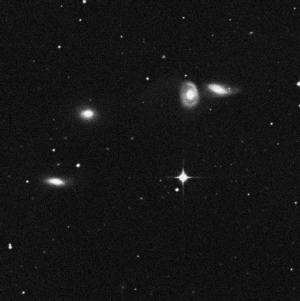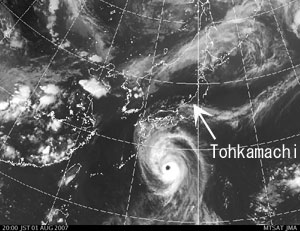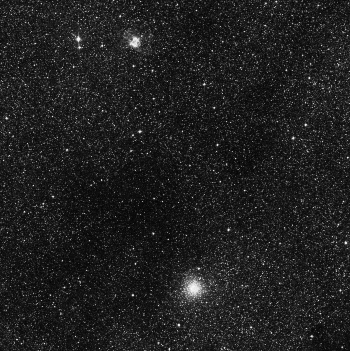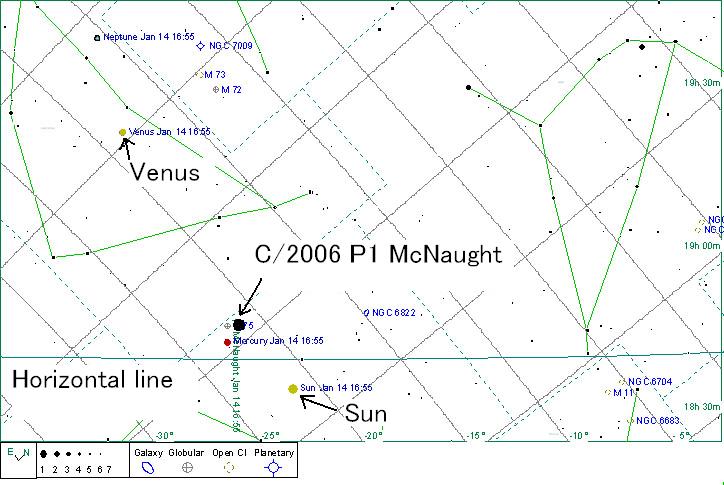





1
4
3
5
5
3
| Date |
Thr. 20 |
Fri. 21 | Sat. 22 | Sun. 23 | Mon 24 | Tue. 25 |
| Weather |  |
 |
 |
 |
 |
 |
| Temp. Max/Min (deg. C) |
8 1 |
9 4 |
11 3 |
11 5 |
9 5 |
9 3 |
| Chance of rain (%) | 80 | 70 | 40 | 50 | 50 | 40 |
| Weather |  |
 |
 |
 |
 |
 |
| Temp. Max/Min (deg. C) | 14 4 |
15 4 |
14 5 |
13 7 |
15 8 |
13 5 |
| Chance of rain (%) | 10 | 10 | 30 | 50 | 20 | 30 |
 Gen-ichi Araki Photos: S. Murakami |
 Gen-ichi Araki is giving a lecture. |
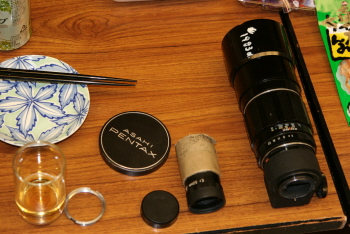
 I am giving a presentation. Photos by Niigata Tenmon Kenkyu-kai |
 I reply questions from the floor. Right Araki; left HK. |
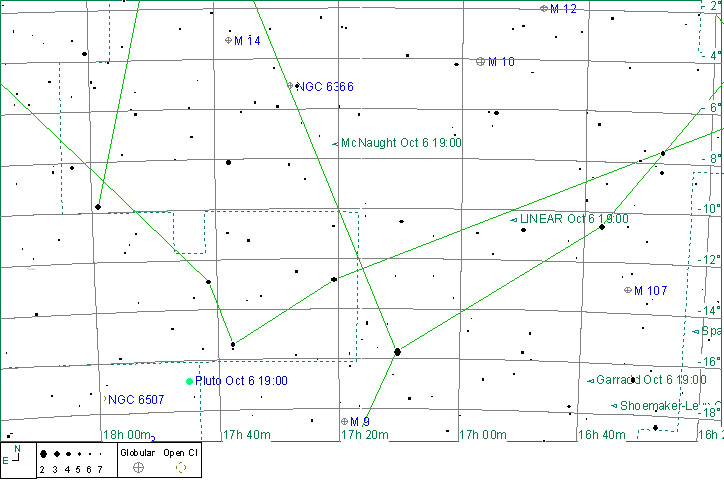
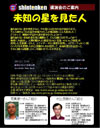 Leaflet of the lecture, Japanese only. Revised on Oct 11.
Leaflet of the lecture, Japanese only. Revised on Oct 11.